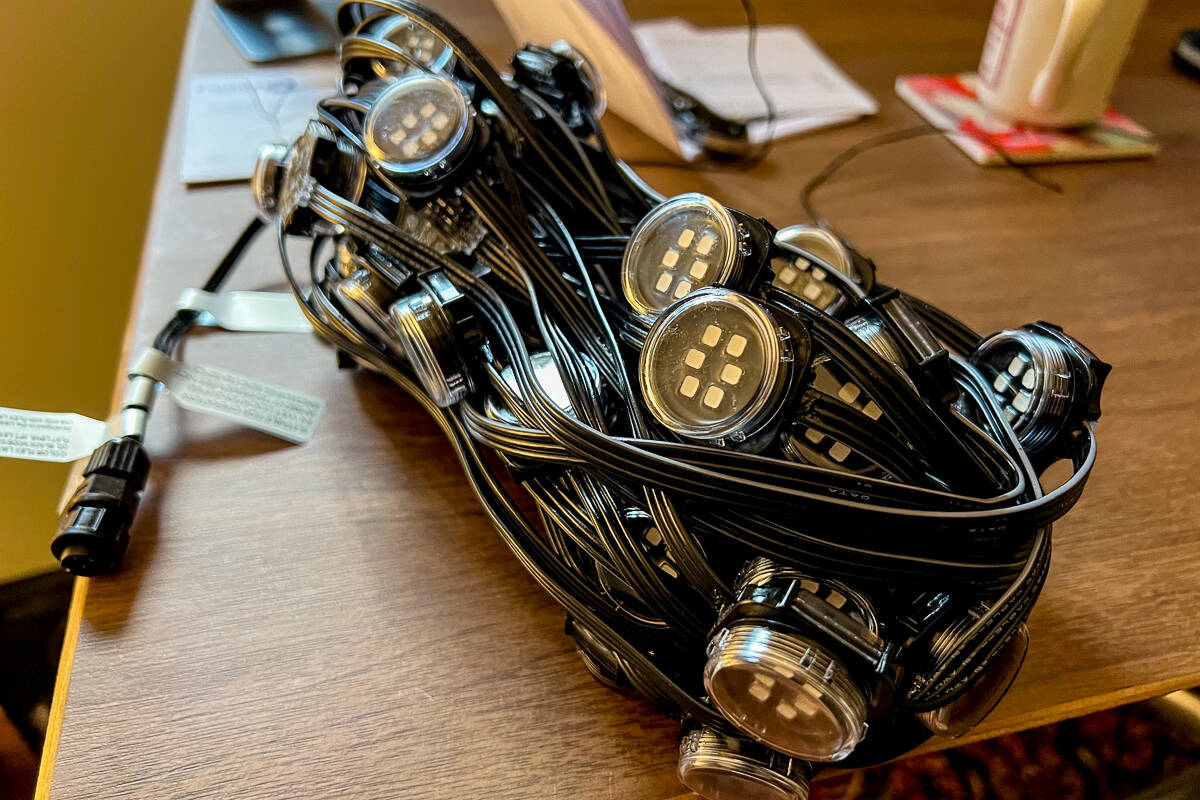The right tool for the job. That phrase is a core principle in my work and home. Sometimes I’ll explore workarounds and “creative” solutions, but when it comes to any kind of construction it is best to use the right tool. Ultimately, you will save money, time, and have better results. Recently, I have been getting a quick lesson is working with Category 6 ethernet cable. I got a good deal on 1000 ft roll of CAT6 not knowing that it’s not as easy to work with as CAT5 or CAT5e. It came down to the connectors. Of course I thought I could use my 15+ year old RJ45 crimper and connectors, but my cable failure rate was 75%. That’s very frustrating.
I wasn’t sure what to do. Do I toss nearly 950 ft of CAT 6 and replace with CAT5e or do I get the right tool and connectors? Rather than going backwards, my first step was to get RJ45 connectors made for CAT6 – 23 gauge. I thought this would fix my issues. Not so much. If I were lucky, I’d get 100 Mbps from these freshly crimped cables. That’s no good. I have gigabit internet and switches. 100 Mbps is a loss. Welcome to 2020! My next step was to watch a couple of youtube videos as well as search for new crimpers.
My attention shifted to the type of connectors. I discovered the awesome invention of pass-through connectors. The issues with my original RJ-45 connectors and the ones I got for CAT6 was that the pins where not making full contact with the pairs (wires). I liked the idea behind pass-though connectors. The wires pass-though the connector and get a clean cut during the crimping process. I ordered an inexpensive kit as well as some pass-through connectors. My first cable was perfect. My switch displayed the a lovely green LED on the connected ethernet port and not the dreaded yellow! I’m running 1000 Mbps! Well sort of. You know there’s overhead and all, but the pipe is wide.
My two cents. If you decide to go with CAT 6 cable, be prepared to update your old RJ-45 crimper and get one with “pass-through” crimp/cut feature. In addition, get some RJ-45 connections and make sure the gauge of the wires (23 gauge in my case) fit and that they are pass-though. There’s another type out there that keeps the wires separate while inserting into the connector. I haven’t tried it, but my quick, limited experience is that the pass-through approach is super easy. Cheers.
Related Posts
June 26, 2023
Controlling the Light, part 2
My introduction to DMX and controlling light really started back in the late…
April 11, 2023
Back to One
During the heart of winter, I finally made the switch to using Next.js coupled…
March 23, 2023
Controlling the Light, part 1
At the start of any project, I review the requirements and ask questions. What…


